2025-04-19 IDOPRESS
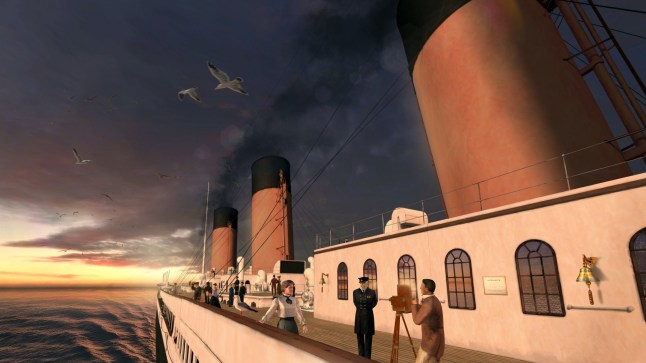
In one portion,users can walk along the top deck of the Titanic (Picture: Eclipso)
At the bottom of the mid-Atlantic ocean,a dusty leather suitcase sits on the sand as fish slowly swim by. Surrounded by mangled,corroded wreckage from the Titanic,you wouldn’t notice it unless you looked hard.
It belonged to William Harbeck,a cinematographer onboard the fated maiden voyage of the Titanic in 1912. At 12,500ft below the sea,the film inside will never be recovered.
Except the leather suitcase isn’t real. But Mr Harbeck and the story behind it is,detailed in a new fully immersive virtual reality experience of the Titanic,which sank 113 years ago today.
Titanic: Echoes of the Past,is a VR experience Metro tried out that could give the 3D,1:1 replica of the passenger ship developed recently by researchers a run for its money.
Just off of the bustling Camden High Street in north London,a small staircase leads customers to the VR experience.
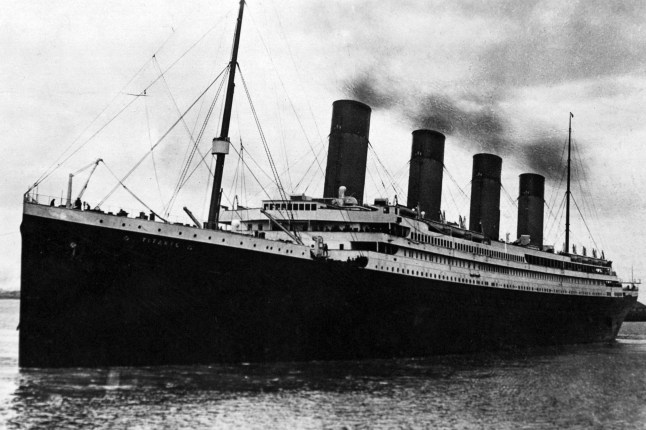
The Titanic set off from Southampton,England,in 1912 (Picture: Shutterstock)
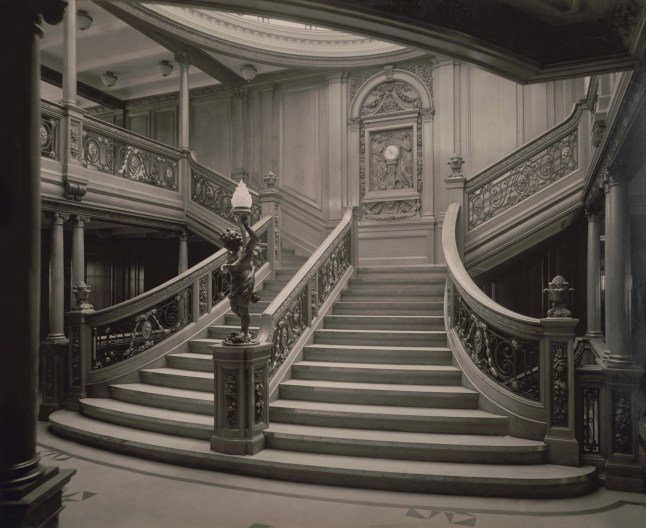
The ship was ornate and filled with passengers from all walks of life (Picture: Shutterstock)
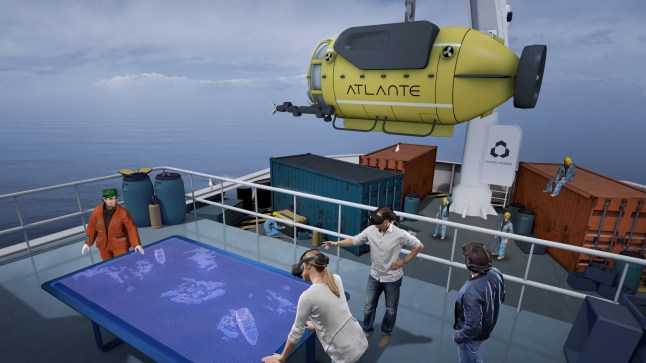
The story begins on a research ship heading to the wreckage of the Titanic (Picture: Eclipso)
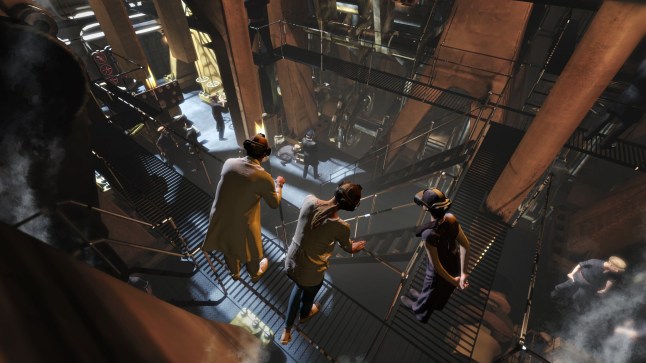
The engine room is also featured (Picture: Eclipso)
As awe-inspiring and ‘unsinkable’ the Titanic seemed at the time,as so many believed,its maiden voyage abruptly ended on April 14,1912. The disaster claimed the lives of 1,500 people.
Organisers wanted to capture not only the beauty of the ship but the tragedy of the lives lost. It begins aboard a research vessel in the present day,with a team boarding a submarine to go 12,500 feet below the waves to see the Titanic and hear more about the passenger ship’s history.
The 3D immersion allows you to explore the grand decks,wander through the lavish first-class rooms and even visit the captain’s chambers.
To get the latest news from the capital visit Metro's London news hub.
Karl Blake-Garcia,the venue director for Eclipso London,told Metro the program took two years to fine-tune the technology and create the content,characters,and scenes.
‘We consulted two researchers that have spent a large part of their life researching the Titanic,’ he added.
In the virtual simulation,you’re guided by ‘Dive’,a narrator in the form of a floating bubble who explains the surroundings,ranging from the wreckage on the ocean floor to the passengers you see in their rooms.
Technology in the exhibit was so detailed that Metro reporter Sarah Hooper was able to read a menu lying on the table during one scene. In another,she could read the label on a wine bottle.
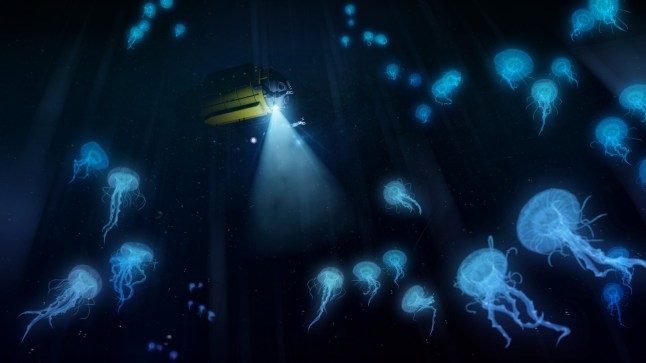
The experience takes you deep to the ocean floor,where you go into a detailed retelling of the ship’s history (Picture: Eclipso)
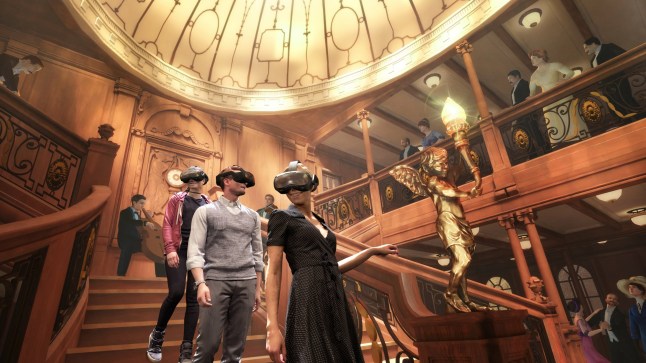
You’re able to interact with others in the experience (Picture: Eclipso)
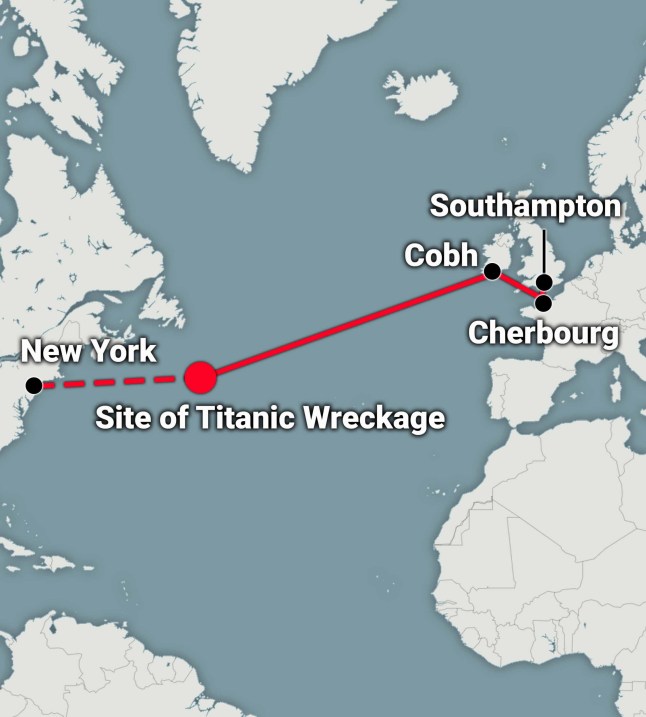
The Titanic,thanks in part to a campaign by its manufacturers,was dubbed ‘unsinkable’ (Picture: Metro)
The almost dizzying experience is made more real by surround sound on the VR headset,while technology alerts you if you’re close to a wall.
The experience follows Mr Harbeck as he films various areas onboard the Titanic before it sank.
Mr Harbeck boarded the Titanic in April 1912 as a second-class passenger and is believed to have been working with the White Star Line,the company operating the Titanic,to film its maiden voyage. He died in the sinking.
Another passenger featured in the simulation is a man based on one of the six Chinese sailors onboard the Titanic.
In the simulation,you hear the sailor’s story after discovering his long-lost amulet on the sea floor after the boat sank.
‘We wanted to show that there was a wealth of diversity on the Titanic,sailing to the States for a new beginning,a new life. There were people from all different backgrounds who were on the ship,’ Karl said.
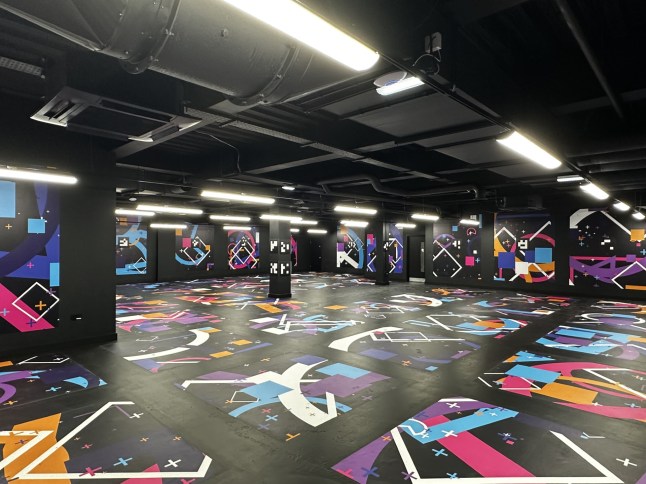 The venue in Camden may look chaotic,but each marking on the floor helps make the VR Headset work (Picture: Eclipso)There are also many interactive elements you wouldn’t expect – fish react when you reach out to touch them and a ship bell rings if you brush by it. One scene not included is the actual sinking. Karl said Eclipso didn’t want to make light of the tragedy. ‘We wanted to pay homage to the actual ship itself,the stories of the people that were on it and we do give you a little glimpse at the end of the impact between the ship and the iceberg,’ he said. ‘We want to educate,we want to entertain,and we want people to be able to touch parts of history that you would never be able to touch.’For Karl,the experience was deeply personal. His great-grandfather helped to build the Titanic when it was still in a Belfast shipyard.‘This allows me to go back and almost experience something that he did in his lifetime. It’s over 100 years later and I’m witnessing something he helped to build,’ he said.Tickets to visit the attraction in Camden can be found here. This article was first published on February 9,2025.
The venue in Camden may look chaotic,but each marking on the floor helps make the VR Headset work (Picture: Eclipso)There are also many interactive elements you wouldn’t expect – fish react when you reach out to touch them and a ship bell rings if you brush by it. One scene not included is the actual sinking. Karl said Eclipso didn’t want to make light of the tragedy. ‘We wanted to pay homage to the actual ship itself,the stories of the people that were on it and we do give you a little glimpse at the end of the impact between the ship and the iceberg,’ he said. ‘We want to educate,we want to entertain,and we want people to be able to touch parts of history that you would never be able to touch.’For Karl,the experience was deeply personal. His great-grandfather helped to build the Titanic when it was still in a Belfast shipyard.‘This allows me to go back and almost experience something that he did in his lifetime. It’s over 100 years later and I’m witnessing something he helped to build,’ he said.Tickets to visit the attraction in Camden can be found here. This article was first published on February 9,2025.06-30
06-30
06-30
06-30
06-30
06-30
06-30
06-27
06-27
06-27